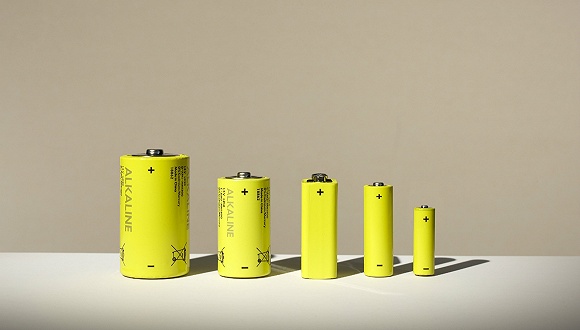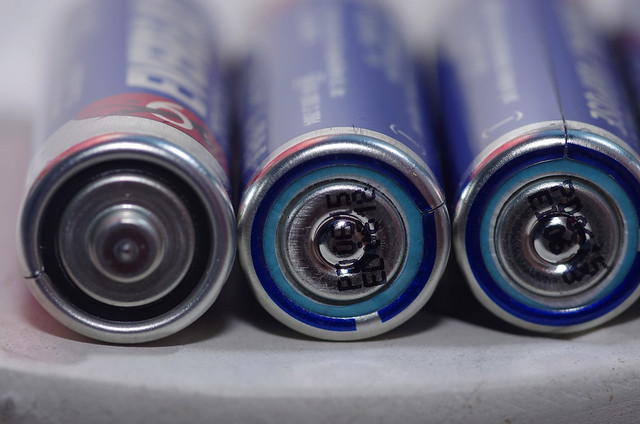First Charge Of Lithium-Ion Battery
Nov 11, 2019 Pageview:1293
Lithium-Ion batteries are probably the most popular batteries in the world today. They are powerful as they are long-lasting. There are different types of these batteries, including 18650 and others, which are all expensive. Furthermore, they are not easily accessible to the user.
This is why if you have one, you need to take care of them in the best manner possible. Apart from physical abuse, deep discharging and wrong charging practices are among the things that may end your battery life much faster. With their high prices, the last thing you want is to keep buying new batteries now and then.
In this article, we are going to looking at best practices for taking care of your lithium-ion batteries. Keep reading.
Do you have to fully charge lithium-ion battery before first use?
Chemical reactions are inevitable in charging batteries as in discharging them. However, there is allegedly a different story where lithium-ion batteries are involved. According to experts and scientists, energy simply flows in and out of the battery through ion movement from the anode to the cathode and vise Versa.
But then, this could mean the batteries have an eternal lifespan, which is not the case. Even so, the same scientists still argue that fading of the capacity of because of the ions getting trapped. Considering battery chemistry in general, you may already know that parasitic reactions to the electrolyte and electrodes cannot be avoided. And they play a big role in battery degradation.
This is why many users try to come up with different methods of not stopping degradation but reducing speeding down the process. And with such, comes different myths, among them first charging.
What is the truth? Does it make any difference, charging before using and using before the first cycle?
Note that Li-ion batteries have a high voltage per cell. In other words, they have greater voltage tolerance. Furthermore, they don’t have trickle or float at full charge. Today, better Li-ion chemistries have been achieved to withstand worse situations, including overcharging.
Many users believe that you have to fully discharge and charge the first cycle of a lithium-ion battery. And there is a lot of fuss about this, which, in many cases sis not true. In simple words, it is not a must to prime a new Lithium-ion battery.
The batteries are made in such a way that they have maximum capacity available from the first charge. You won’t notice any difference to the 10th charge.
But since stored batteries are not fully charged, you can only top it up, and you are good to go.
How long does it take for a lithium-ion battery to charge?
Different factors determine how long you are going to wait for your batteries to be fully charged. To make it easy, let us consider different chemistries of Li-ion batteries.
Cobalt-blended Li-ion
They contain the traditional cobalt, nickel, manganese, and aluminum combination. These batteries can charge up to 4.10V per cell, with some exceeding to 4.30V. A full charge is achieved when the current goes down to around 3 to 5 % of the normal Ah rating. Charging at the rate of 0.5C and 1C, it will take about 2-3 hours for this to happen. Manufacturers recommend you keep it at 0.8C with a charge efficiency reaching 99%.
Even so, do not assume this process will be completed under optimal conditions. Sometimes things change even without you noticing. For instance, some may have a temperature rise of up to 5 degrees C. Internal resistance and protection may be the cause of such changes. But if it goes beyond 10 degrees C, you need to stop the process.
You don’t need to charge Li-ion batteries to 100% fully. It is advised that you don’t fully charge it since such high voltage exerts too much pressure on the battery. Therefore, it might take you slightly under three hours to achieve about 85% charge, which is ok.
Ensure that you turn off portable devices when charging. The aim is to remove any hindrance for the battery to achieve the set voltage threshold. You will also be ensuring it hits the current saturation point more effectively.
Non-cobalt-blended Li-ion batteries
These include batteries like Li-Phosphate. They have a nominal voltage of 3.0 volt with a full charge not exceeding 3.65 volts. There is new chemistry – Li-titanate that has an even lower nominal voltage of 2.4V that charges to 2.85.
Charging such batteries may be a bit complicated than normal the latter. Most chargers for regular 3.6V are not compatible. Therefore, you need a charger designed for that specific battery to avoid destroying the cells. This may take you 2 to 3 hours, depending on the conditions.
How do you maintain a lithium-ion battery?
As much as we love using battery-powered devices, maintaining them may be a bit harder than it seems. In the modern mobile world, battery life is quite important. It gets very frustrating when your battery starts drying out too soon. . It gets very frustrating when your battery starts drying out too soon. You need to take care of your batteries, and here are a few ways to:
Keep your eyes on the temperature
Room temperature, 20 to 25 degrees C is the best condition. Elevated temperatures, especially for a fully charged Li-ion battery, may trigger a time bomb, if not weaken the cells do not leave your batteries charging in a hot environment.
Consider partial discharges to full ones
Li-ion batteries lack charge memory, unlike NiCad batteries. The deep-discharge cycle is therefore not necessary. The battery is much better off with partial discharges.
Avoid deep-discharge
Every manufacturer indicates the recommended lowest voltage. For most Li-ion batteries, it is 2.5V per cell. There is a safety circuit build in the battery that opens if it reaches this level. Anything below this and the battery may be out of use. You will need a specialist to boost and restore the battery’s capacity.
Charge/discharge the battery to about 40% for extended storage
It is good to have an extra battery for your notebook. But it will not help you if you are not careful. As mentioned above, oxidation is highest when the battery is at full charge. You don’t want that you a battery you are storing.
- Prev Article: Household Items That Have 18650 Batteries In Them
- Next Article: How to Bring Lithium Batteries Back to Life
Leave Message
Hottest Categories
-
Hottest Industry News
-
Latest Industry News













